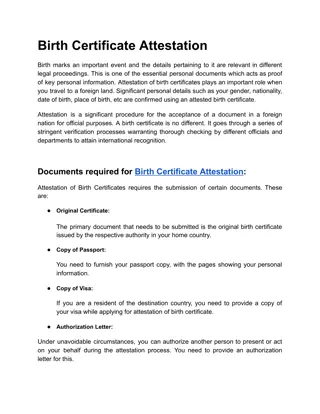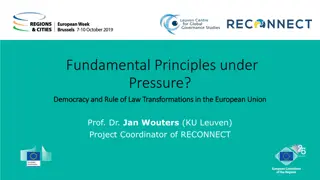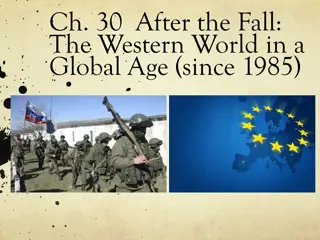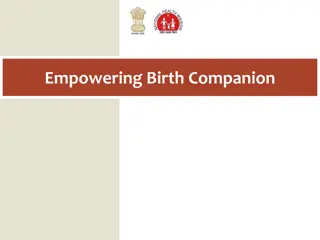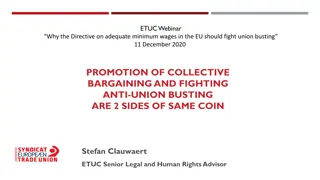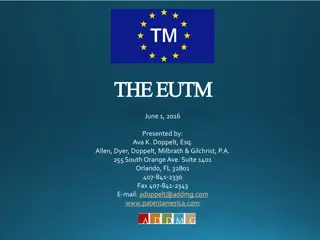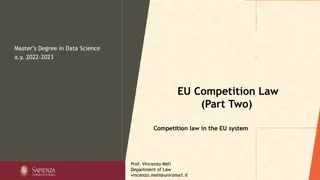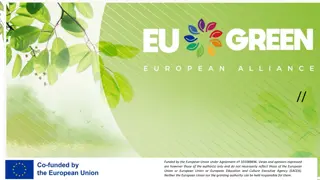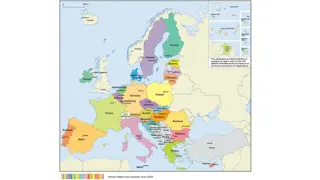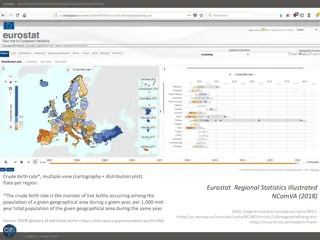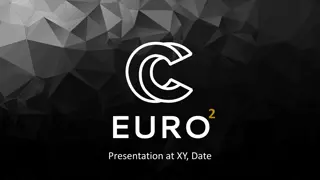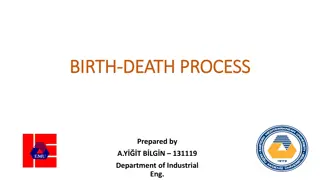Celebrating Europe Day: The Birth of the European Union
May 9th marks the anniversary of the birth of the European Union in 1950 when French Foreign Minister Robert Schuman proposed combining coal and steel production, leading to the formation of the EU. This day is celebrated as Europe Day, symbolizing unity, peace, and solidarity among European countries through various activities and festivities.
Download Presentation

Please find below an Image/Link to download the presentation.
The content on the website is provided AS IS for your information and personal use only. It may not be sold, licensed, or shared on other websites without obtaining consent from the author. Download presentation by click this link. If you encounter any issues during the download, it is possible that the publisher has removed the file from their server.
E N D
Presentation Transcript
EUROPE DAY EUROPE DAY, May 9, marks the anniversary of the day in 1950 when the current European Union was born .
Schumans speech French Foreign Minister Robert Schuman gave a speech calling for European countries to combine their coal and steel production under a single European institution, paving the way to our current European Union.
Schuman Declaration The proposal on the creation of an organised Europe, indispensable to the maintenance of peaceful relations = Schuman Declaration.
Schuman declaration The "Schuman declaration", is considered to be the beginning of the creation of what is now the European Union.
Europe Day The 9th of May has become a European symbol (Europe Day) which, along with the flag, the anthem, the motto and the single currency (the EURO), identifies the European Union.
Europe Day Europe Day is the occasion for activities and festivities that are aimed at bringing Europe closer to its citizens and peoples of the Union closer to one another.
Other EU Symbols European flag Anthem Motto Euro
EU Flag It is the symbol not only of the European Union but also of Europe's unity and identity in a wider sense. The circle of gold stars represents solidarity and harmony between the peoples of Europe.
EU Flag The number of stars has nothing to do with the number of Member States. There are twelve stars because the number twelve is traditionally the symbol of perfection, completeness and unity. The flag therefore remained unchanged regardless of EU enlargements.
EU Anthem The EU anthem is the anthem of not only the European Union but also of Europe in a wider sense. The melody comes from the Ninth Symphony composed in 1823 by Ludwig Van Beethoven.
The EU Anthem For the final movement of this symphony, Beethoven set to music the "Ode to Joy" written in 1785 by Friedrich von Schiller. This poem expresses Schiller's idealistic vision of the human race becoming brothers - a vision Beethoven shared.
EU Anthem Listen to it at: http://europa.eu/abc/symbols/anthem/ind ex_en.htm
EU Motto United in diversity is the motto of the European Union.
EU Motto The motto means that, via the EU, Europeans are united in working together for peace and prosperity, and that the many different cultures, traditions and languages in Europe are deemed to be a positive asset for the continent.
The EURO The euro is the most tangible proof of European integration It is the common currency in 19 out of 28 EU countries and used as legal tender by more than 338 million people every day The symbol for the euro is .
The Euro The euro bills are identical in all countries but each country issues its own coins with one common side and one side displaying a distinctive national emblem.
EURO All the notes and coins can be used in all EU countries that have adopted the Euro, including many of their overseas entities, such as the Ceuta and Melilla, French Guiana, Guadeloupe, Martinique, Mayotte, R union, and Saint Pierre and Miquelon.
The EURO Monaco, San Marino and Vatican City have adopted the Euro as their national currency which also gives them the right to issue a certain number of euro coins with their own national sides. A number of countries and territories use the euro as their de facto currency such as Andorra, Kosovo and Montenegro.
The Euro Denmark, Sweden and the United Kingdom do not currently use the euro. Other States are outside the Eurozone but that there is a pledge to enter it once ready.
Legal Status The European Constitution would have legally enshrined all the European symbols in the EU treaties. However the Constitutional Treaty was not adopted.
Legal Status The Constitution's replacement, the Treaty of Lisbon, contains a declaration by sixteen members supporting the symbols. The European Parliament formally recognised the May 9 holiday in October 2008.






